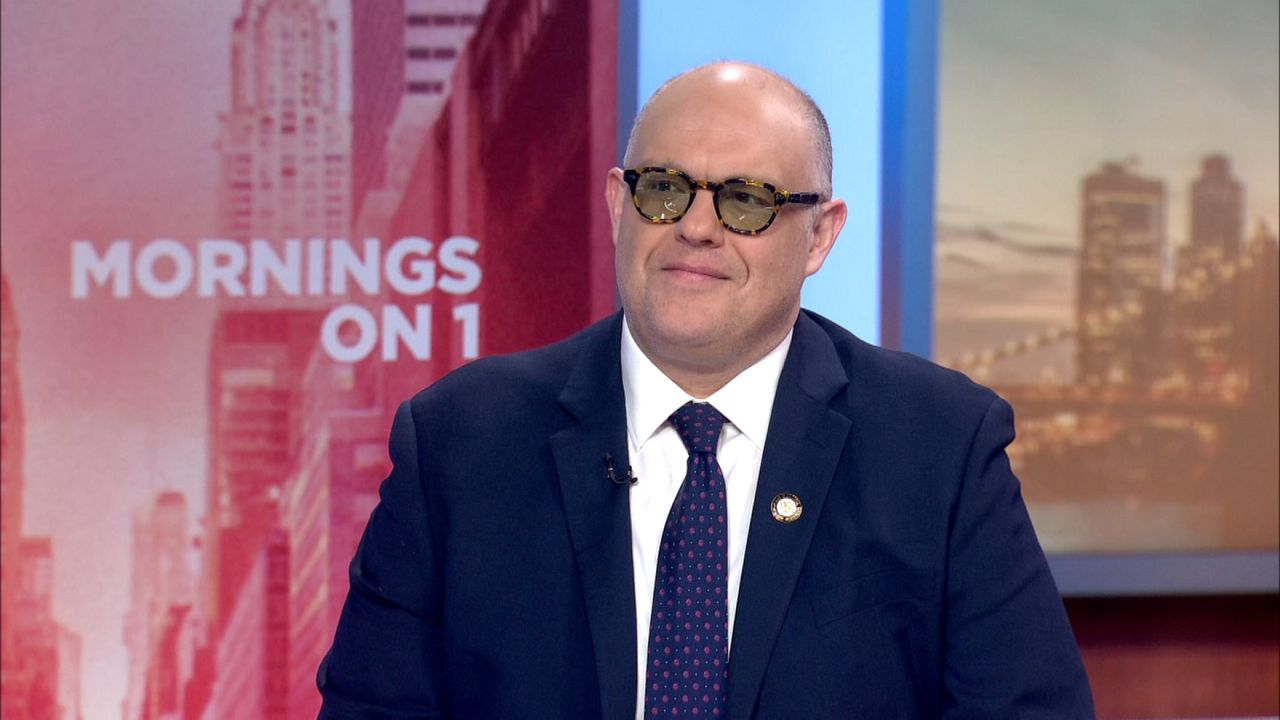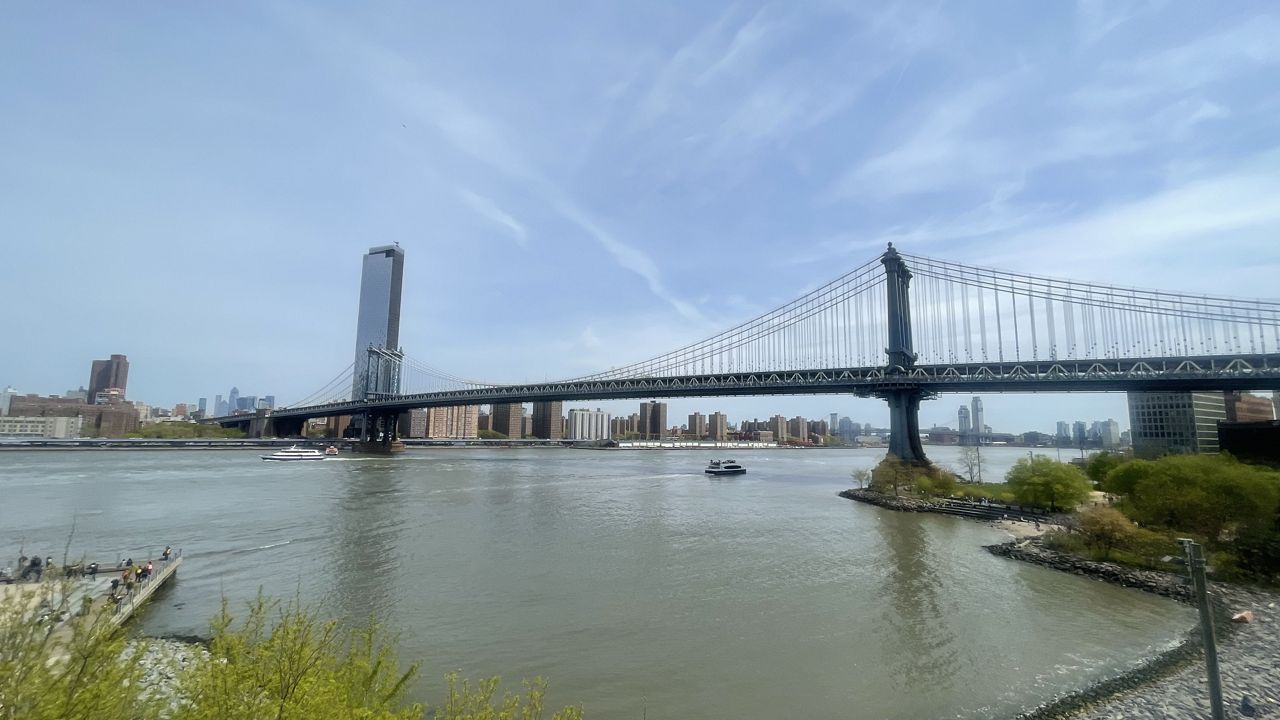STATEN ISLAND, N.Y. — When it was discovered that a strip mall was built on top of a slave cemetery on Staten Island, a filmmaker and descendants of those buried advocated for a memorial at the site.
Now, that is one step closer to becoming a reality.
What You Need To Know
- About 1,000 African Americans who were slaves are buried beneath a shopping center in Staten Island
- It's the site of the former Cherry Lane Cemetery, where slaves were interred without headstones
- David Thomas and Ruth Ann Hills are descendants of Benjamin Prine, the last enslaved African American on Staten Island, who was buried at Cherry Lane Cemetery
- Along with filmmaker Heather Quinlan, Thomas and Hills have been pushing for recognition of the history
Off a busy road on Staten Island in New York City is a strip mall with a buried past. Livermore and Forest Avenue is now Benjamin Prine Way, named after the last enslaved African American on Staten Island.
His body, along with the bodies of around 1,000 other African Americans who were slaves, is buried beneath the shopping center. It's the site of the former Cherry Lane Cemetery, where slaves were interred without headstones. David Thomas and Ruth Ann Hills are descendants of Prine.
“They were people. They were human beings, and they were discarded and mistreated and thrown away like they were nothing, and that to me is sin,” said Thomas.
Heather Quinlan has been working on a documentary about the cemetery. She says maps date the site to as far back as the 1800s. The property was purchased in 1954 by a real estate attorney and developer, which led to the demise of the burial ground.
“This is an injustice that needs to be addressed and corrected,” Thomas said.
Quinlan, Thomas and Hills have been pushing for recognition of the history, to honor the people whose remains are now covered in asphalt.
“Santander Bank has allocated funds and renegotiated the terms of their lease in order to create a memorial garden that will tell the story of what happened on this site, and it will include flora that has been chosen by the descendants,” said Quinlan.
Quinlan says that memorial is expected in the coming weeks. Both Hills and Thomas say they are happy the community will have a place to honor those who are buried, but they ultimately want the bodies excavated and given a proper resting place.
“There are babies here. There are families here, there are slaves here, there are freed Blacks buried here, but none of them are remembered,” Thomas said.









_PKG_OS_Picks_031425_CG_Operation_Mincemeat)